Description
This is the ideal tour to take for those who want to explore both the Bucharest of today and of centuries past. The tour includes the Palace of the Parliament – The People House, the second largest building in the world after the Pentagon, and the largest civil building.We will also visit the Romanian Patriarchal Complex, the place from where the Orthodox Church of Romania is ruled.
During this tour we will visit some of the most important churches and monasteries in Bucharest, most of them built over 300 years ago.
The tour also includes a visit of the Old Town where we will see the Old Court – Vlad Țepeș’s Palace, Caru’ cu bere Inn, Manuc Inn and Gabroveni Inn.
Then we will take a walk on the most important streets of the old city, Calea Victoriei( Victoriei Avenue ) a street that holds history on every corner and displays some of our most important old buildings.By walking on this street you’ll be able to see the National Museum of Romanian History, The National Museum of Art, the Romanian Athenaeum – one of the most spectacular buildings in Bucharest, and also the Revolution Square, the place where Ceausescu held his last public speech before the 1989 Revolution.
Minimum 3 persons or equivalent tariff for the private tour.
Private Walking Tour of Bucharest Highlights:
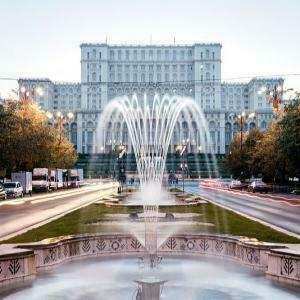
The Palace of Parliament in Bucharest measures 270 m by 240 m, 86 m high, and 92 m below the ground. It has 12 levels on the surface and another 8 underground. According to the Guinness Book of Records, the Palace of Parliament is the largest administrative building for civil use in the world, the most expensive administrative building in the world and the largest building in the world, entering the record book three times. The Palace of Parliament building is located in the central part of Bucharest (in district 5), on the place that is today called Dealul Arsenalului.
The Patriarchal Palace, known in the communist period as the Palace of the Great National Assembly, is a building located in Bucharest, district 4. Formerly, the edifice was the seat of the legislative institution of the Romanian state: initially the Assembly of Deputies, later the headquarters of the Great National Assembly, after the events of 1989 the seat of the Chamber of Deputies, and then in 1997 the construction becomes the property of the Romanian Patriarchate.
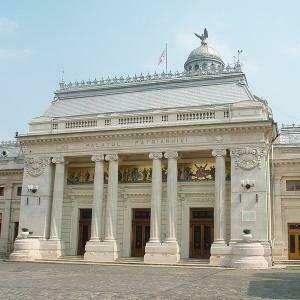
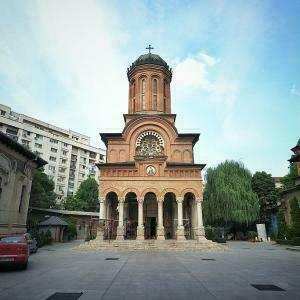
The Monastery was built in 1715 by the metropolitan bishop Antim Ivireanu. Initially, the monastery was shaped like a fortress, with the church in the center (because Antim originally intended the monastery to be a refuge for fallen women and refugees, as well as a seat of learning). The artistic realization of the monastery represents an eloquent testimony of Bucharest’s cultural life from the beginning of the 18th century. The monastery church is particularly known for its icons featuring scenes from the Nativity and Revelations, painted in 1812 by Petre Alexandrescu.
The Old Court is the first royal court in Bucharest and became inoperative after the 1718 fire and after the 1738 earthquake. The entire Royal Court consisted of a palace – the Voievodal Palace, a church (the “Good News” Church, later known as the Old Court Church), houses with reception halls, royal chancery, stables and gardens. Not many details are known about the founder of the court, but according to the opinion of the researchers who have studied the history of Bucharest, the court seems to be built by Mircea cel Bătrân, somewhere at the end of the fourteenth century and the beginning of the fifteenth century.
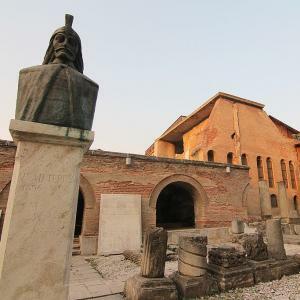
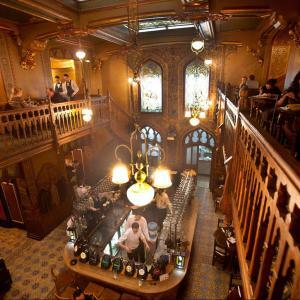
“Caru’ cu bere” is a symbolic restaurant for Bucharest, originally located on the Calea Victoriei, “Carul cu bere” was held by the Transylvanian Ion Căbășanu. The origin of the name is easy to guess: the beer was brought to the curb with horse drawn carts.
The building in which the restaurant is located is a historical monument highly valued for the Gothic style. The interior is in Art Nouveau style with frescoes, vaulted ceilings, but also solid wood furniture dark in color – no wonder that many personalities have dined here, from the famous Rolling Stones to the Crown Prince of Japan.
The Stavropoleos monastery includes, besides the church erected in 1724 by the Greek Ioanichie, the premises built at the beginning of the 20th century, by the architect Ion Mincu. Initially only a simple inn was built, the place soon became suitable for a holy place of prayer. Many of the well-known inns located in the center of Bucharest had churches or monasteries in the middle of the inner courtyard; in fact, few have appeared as annexes of churches and monasteries, erected by egumeans to increase their incomes.
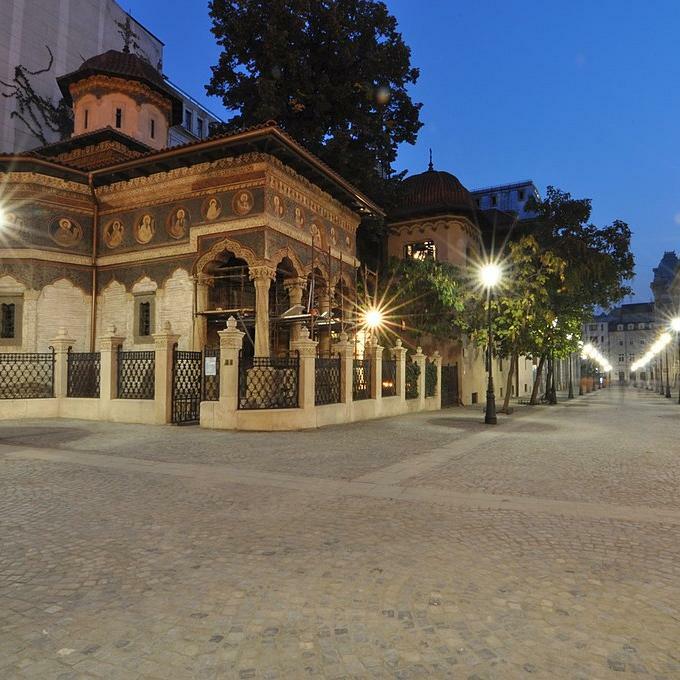
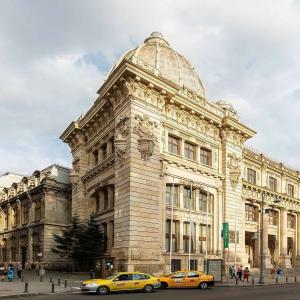
National Museum of Romanian History
The museum appeared in 1970, as one of the first archaeological and historical museum in the country. The most famous treasures were brought here, first of all the precious metal ones, in the only public place where security and visibility could be ensured to the same extent. Also, a lot of other pieces of great archaeological and historical value have popped up in the exhibitions of the museum, to illustrate the history of that time.
The Revolution Square in Bucharest is one of the places with the most complex history, a landmark of local and national culture and history. This is where the revolution of 1989 started. The statues around the square are elements of the story from the communist era in Bucharest. Around the square you will see: the former headquarters of the communist party, in the corner of the square you can see a fascinating building with an old facade and modern interior – former conspirative house and nowadays the headquarters of the Order of Architects in Romania.
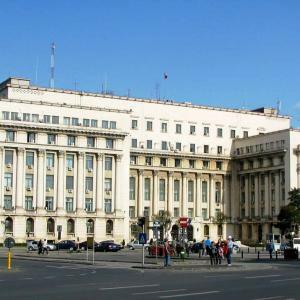
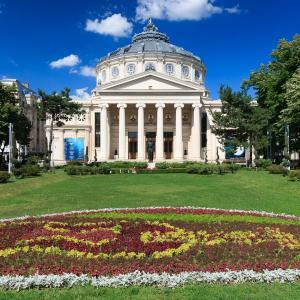
The Romanian Athenaeum is a concert hall in the center of Bucharest and a landmark of the Romanian capital city. This building was one of the reasons why Bucharest received the nickname of Little Paris.
The Romanian Athenaeum was built between 1886 and 1888, designed to accommodate the specific activities carried out by the back then called the Romanian Philharmonic Society (an institution founded in 1868).
The National Museum of Art of Romania
The National Museum of Art of Romania has three art galleries the Gallery of European Art, the Gallery of Old Romanian Art and the Gallery of Modern Romanian Art, with works presented in an attractive and modern way. The history that the building carries with it makes this visit a journey in time, because on the place where today is the Kretzulescu wing, build between 1812 and 1820, a house of impressive proportions for contemporaries.
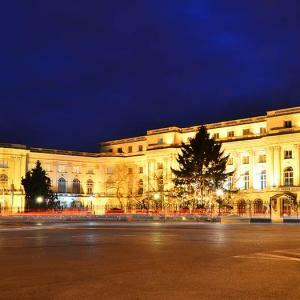

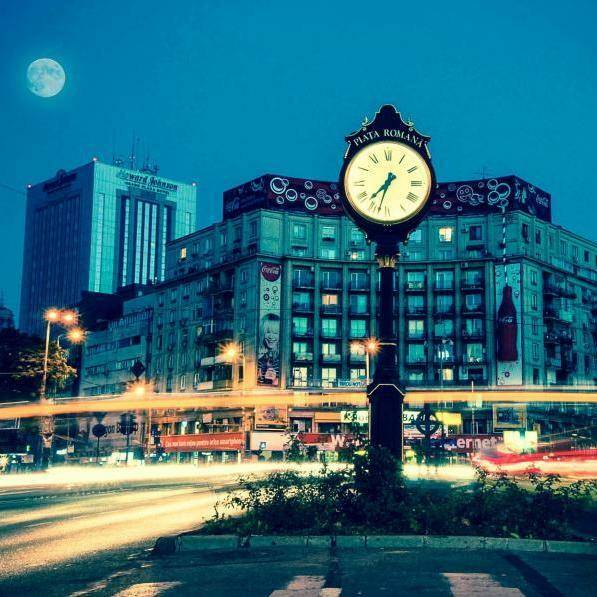
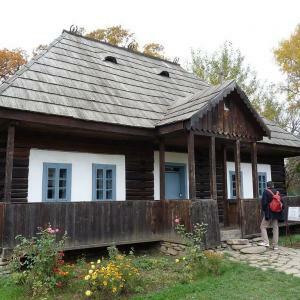
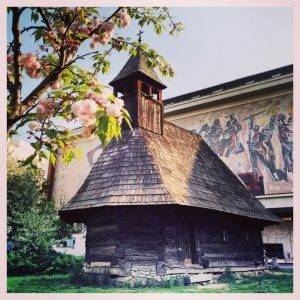
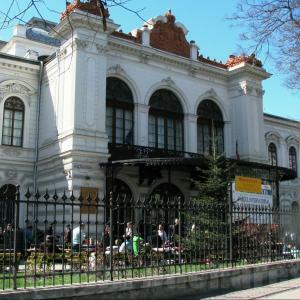
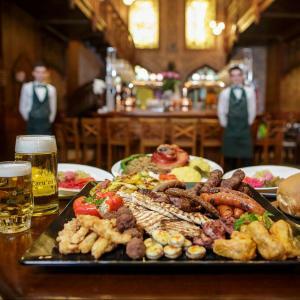
Reviews
There are no reviews yet.